By Eric T. Baker
One of the coolest things the internet has enabled gamers to do is team up and battle together. The majority of players are teaming up in first person games like Battlefield 2: Special Forces (see below), but also available are simulations that let gamers cooperate in other combat situations. Dangerous Waters, for the PC from Strategy First Games, is a great example of the variety and power of these simulations. DW allows players to take the roles of various crewmen on different “platforms” that are engaged in modern day submarine combat. Whether it is a frigate, helicopter, airplane, or one of the submarines themselves, each vessel has as many as ten stations, each of which can be manned by a human player or a computer AI.
The number of commandable “platforms” in DW is limited, but the number of units in the game is amazing: 270 from 17 of the modern world’s armed forces. There are a number of stand-alone missions to help players learn the game, but the meat comes from a long, complicated campaign concerning a mutiny by the Russian Navy in the Pacific—a conflict that rapidly sucks in the other powers. Because of its length, the campaign will probably be a single player project for most gamers, but pickup games utilizing the shorter missions are well worth it.

As much fun as it can be examining radar readouts and resolving torpedo trajectories, in the mass market there is no substitute for looking down the barrel of an assault rifle and scoring a head shot on some unsuspecting, human-controlled soldier. Battlefield 2: Special Forces, a massive, multiplayer first person shooting game from EA Games for the PC, provides the chance for this kick in many different ways. Bf2:SF is an expansion pack, so gamers will need the original Bf2 to play it, and they’ll need to be sure that Bf2 is fully upgraded and patched before they try to install this expansion pack.
Once the expansion is installed, however, the game is markedly improved. The additional Special Forces teams consist of the Navy Seals, British SAS, Russian Spetznas, and MEC Special Forces. Also included are rebel groups and insurgents. There are eight new maps (the best of which is a submarine base that the SEALs assault) and ten new vehicles (the most fun being the Apache Longbow). New equipment includes night vision goggles and a simple, but handy grappling hook which allows players to have their characters climb into spots previously inaccessible.
For fans of alternate history, War Plan Orange: Dreadnoughts in the Pacific 1922-1930, for the PC from Matrix Games, provides a more traditional wargame experience. The game takes its name from the post-WWI planning done by the United States to confront Japanese aggression. To cover all the possibilities, eight large scenarios, two smaller scenarios, and two campaigns (each with three variants) are selectable. The game contains 74 different airplanes and 311 ship types. Units represent the Japanese, American, British, French, Canadian, Australian, Dutch, Chinese, and Siamese militaries. The game is focused on actual command; there is a production system, but it is turned off by default.

Mixed among the ships and units of the time, the game also contains “never were” units that consist of ships, planes, and tanks that were planned but never actually constructed. Among the ships are the Tosa, Kii, and South Dakota class battleships, and the Amagi, Lexington, and G3 class battle cruisers. The game isn’t a true multiplayer, but it does contain a play-by-email option that allows for leisurely and traditional play against a human opponent.

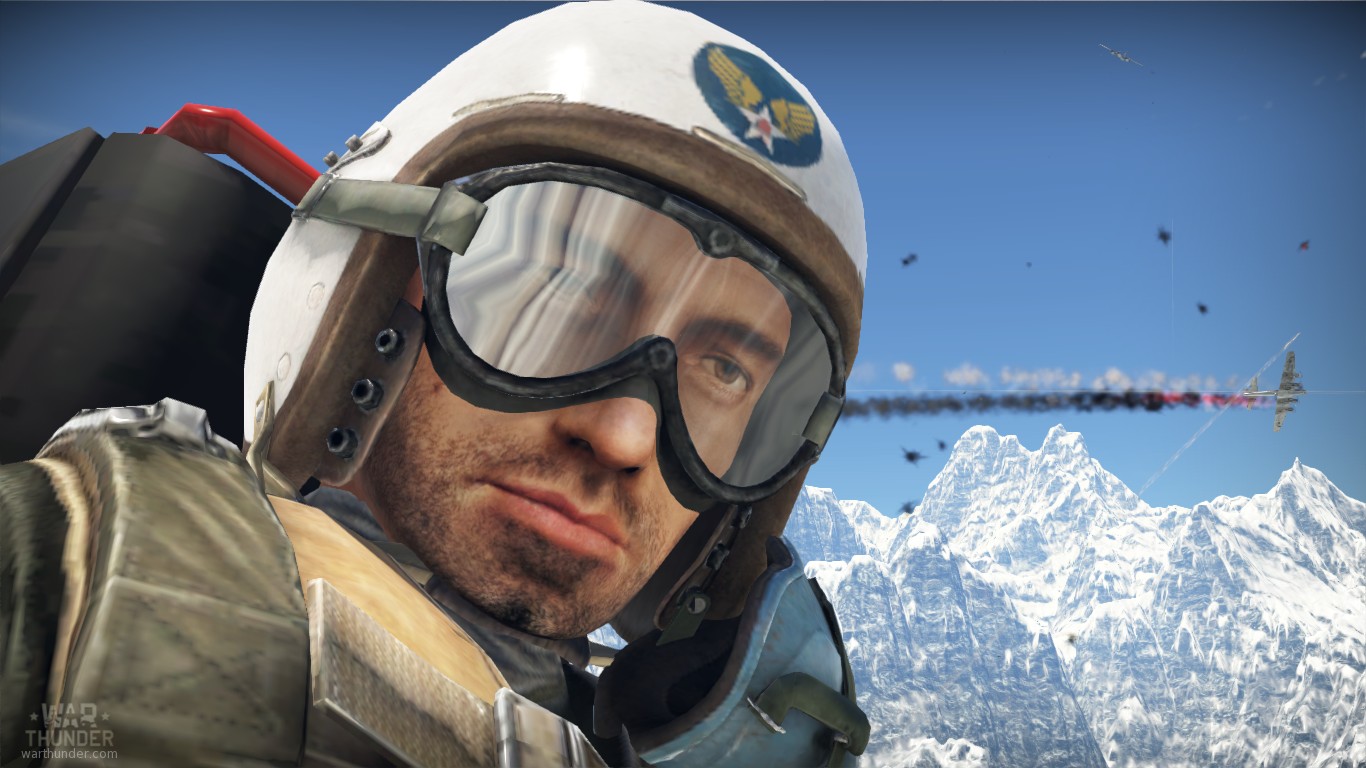
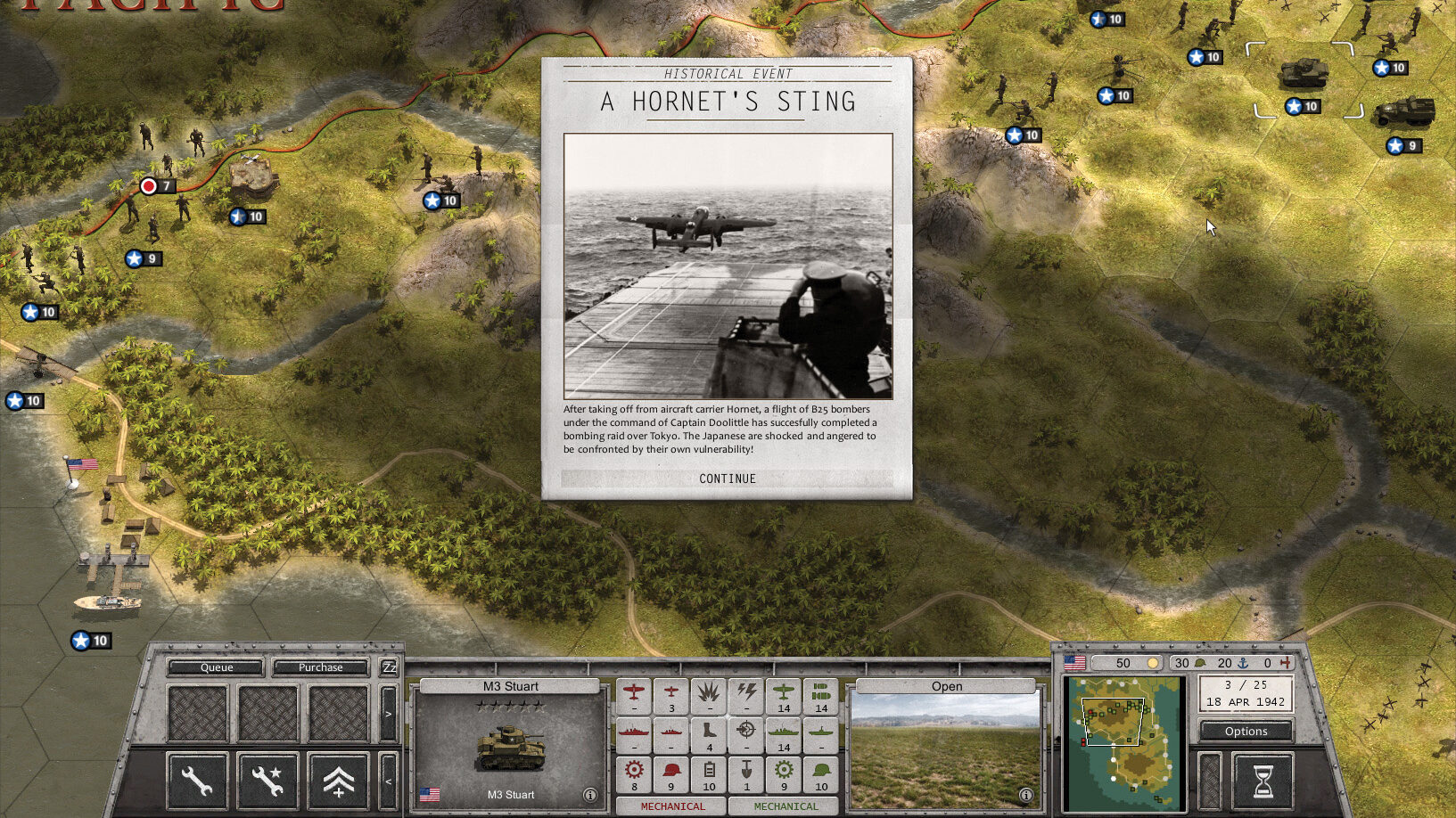
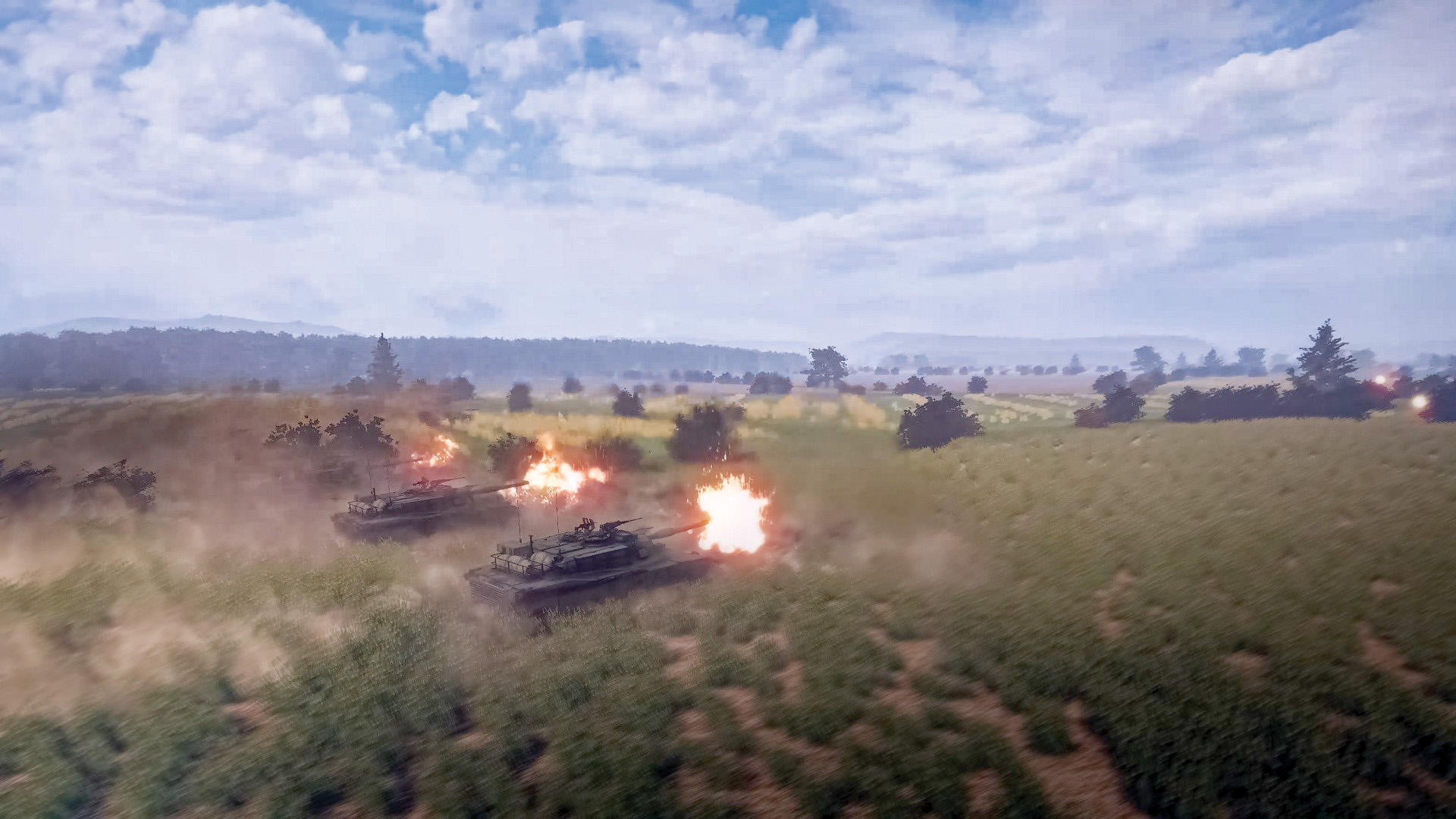
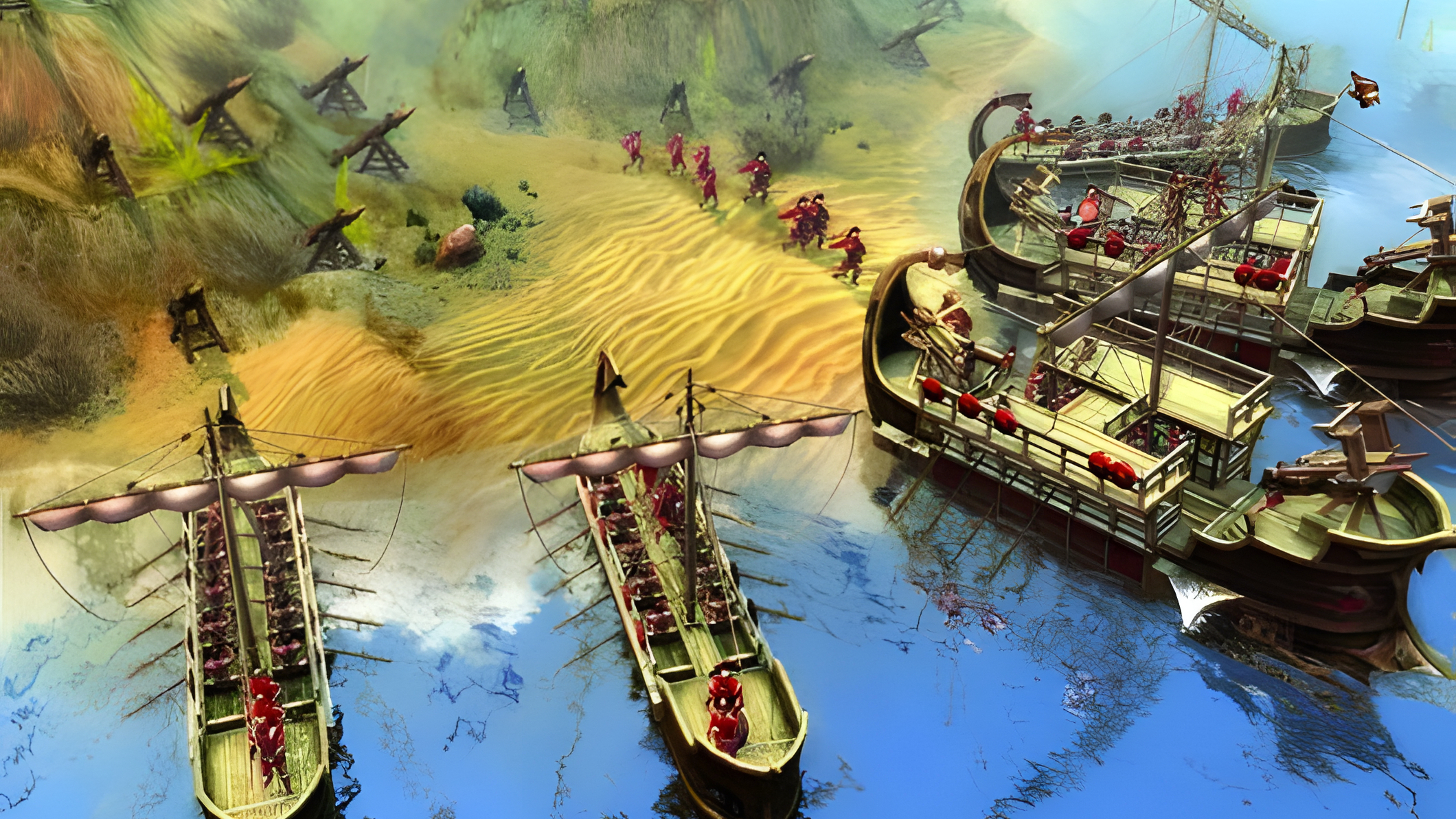
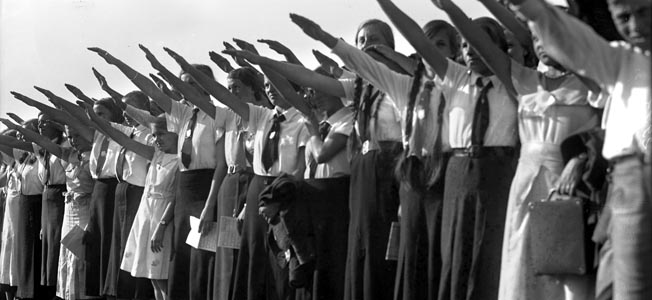
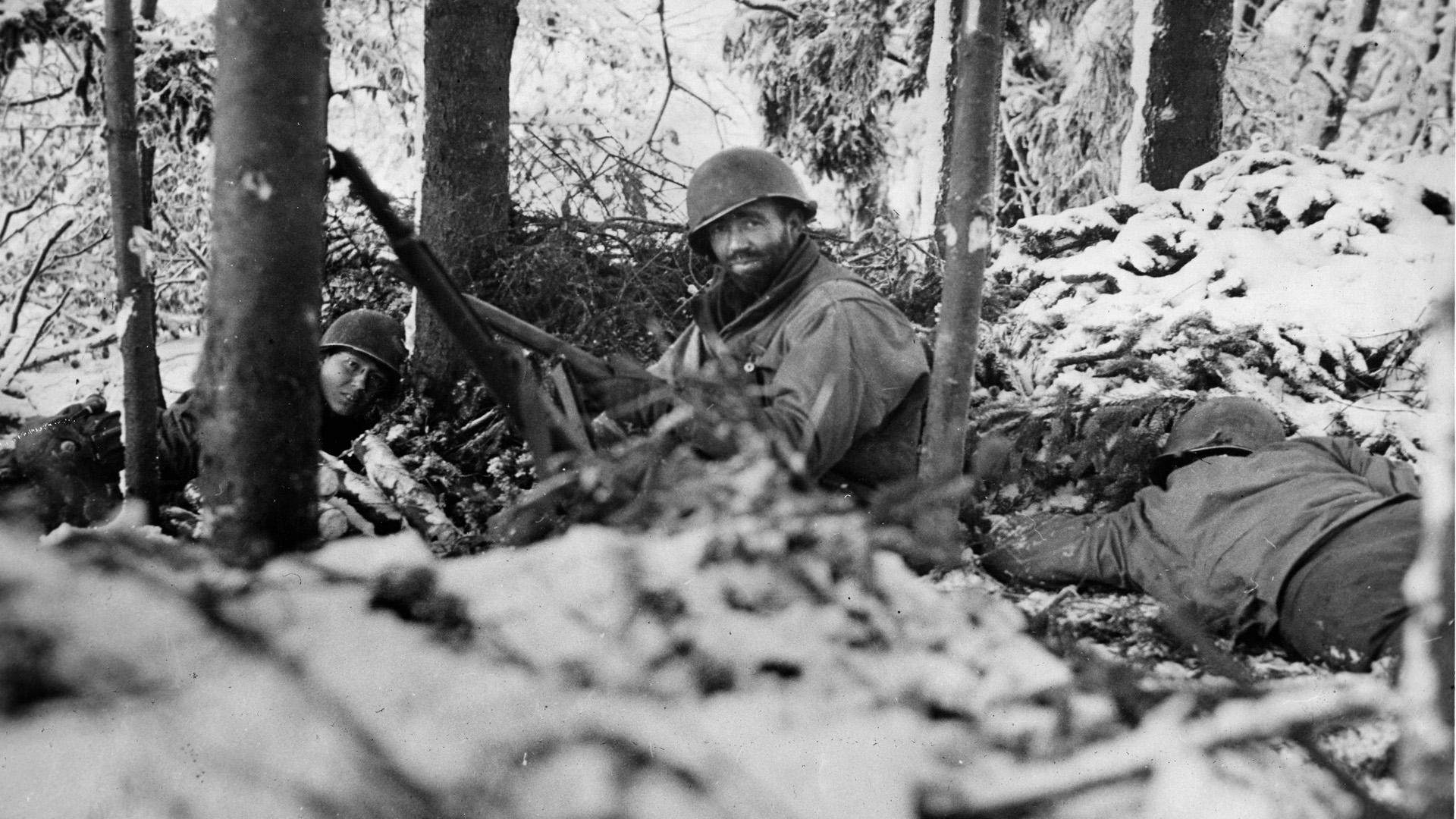

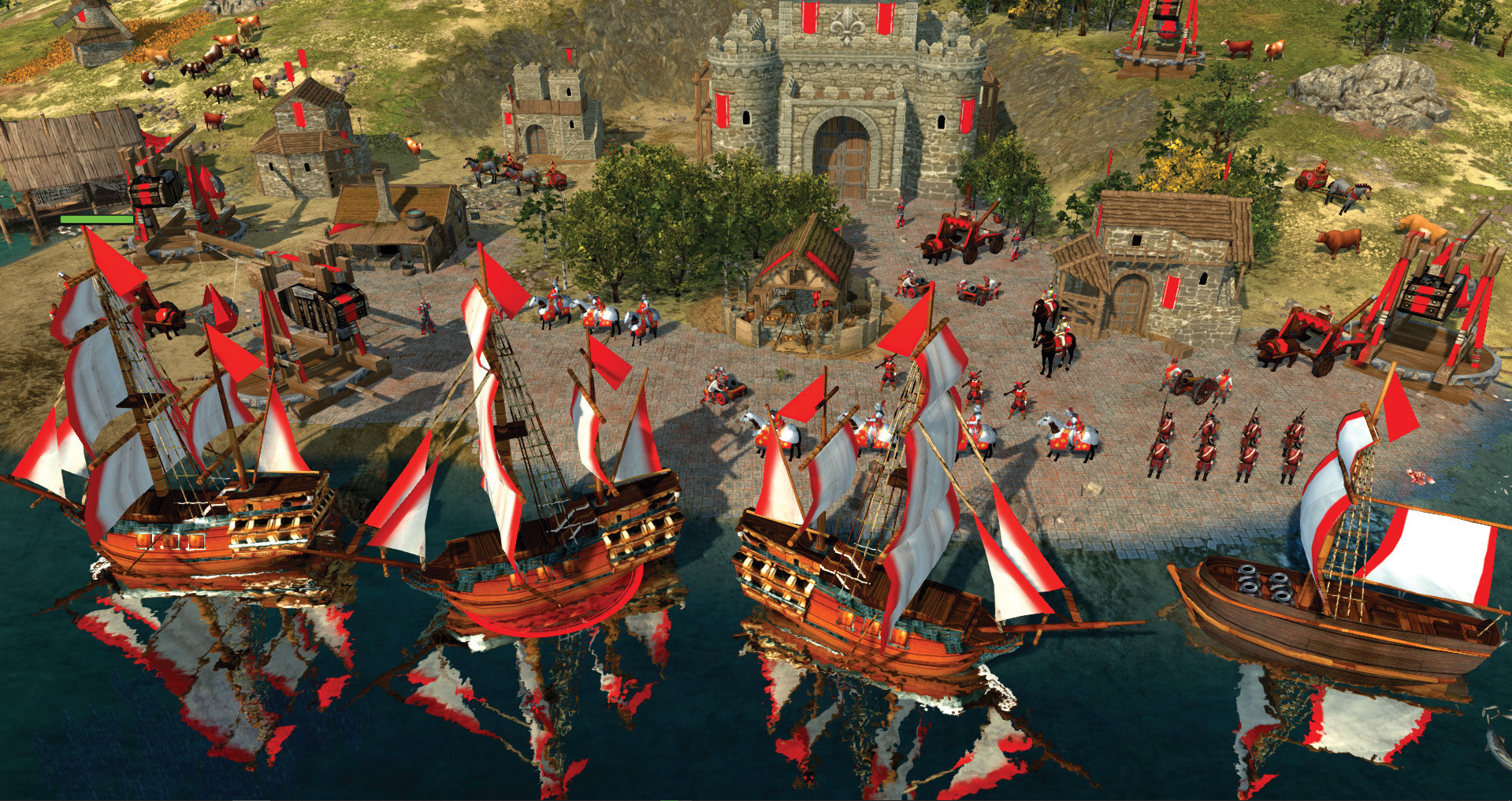
Join The Conversation
Comments
View All Comments